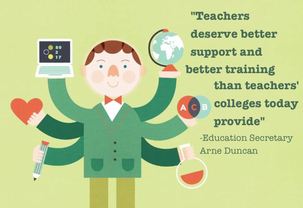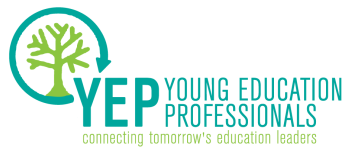 Photo courtesy of National Council on Teacher Quality
Photo courtesy of National Council on Teacher Quality According to federal estimates, about $1.7 billion is spent every year on professional development and class-size reduction. (Sequestration has resulted in some cuts.) As I’ve written — and the irreplaceable teachers have attested — this investment has not lead to any meaningful change in the quality of instruction in the nation’s classrooms. Part of the problem lies in the confusion around what high-quality professional development looks like. Even then, it’s nearly impossible to link it to student outcomes to know what’s working and what’s not.
But ensuring effective professional development may be more important now than ever before with the rollout of the Common Core State Standards and new teacher evaluation proposals, which simultaneously challenge teachers to change their practice and then hold them accountable for it. While the professional development professionals work to get it right, states, districts, and schools should focus their resources on the few proven professional development activities — those that are job-embedded and continuous, such as coaching or teacher collaboration — instead of wasting them on status-quo workshops and conferences.
It’s no surprise that effective professional development activities are the ones that more directly involve educators. Teachers’ on-the-ground experience is invaluable to policy formation, so when they talk — as they have in Perspectives — it would be wise for policymakers to listen.
Kaitlin Pennington, guest blogger, is vice president of communications and outreach for YEP-DC and an education policy analyst at a think tank. She can be reached at kaitlin(dot)pennington(at)gmail(dot)com or on Twitter (at)KPennington23.

 RSS Feed
RSS Feed